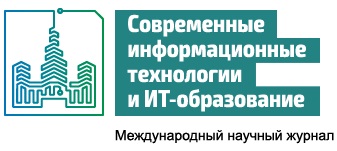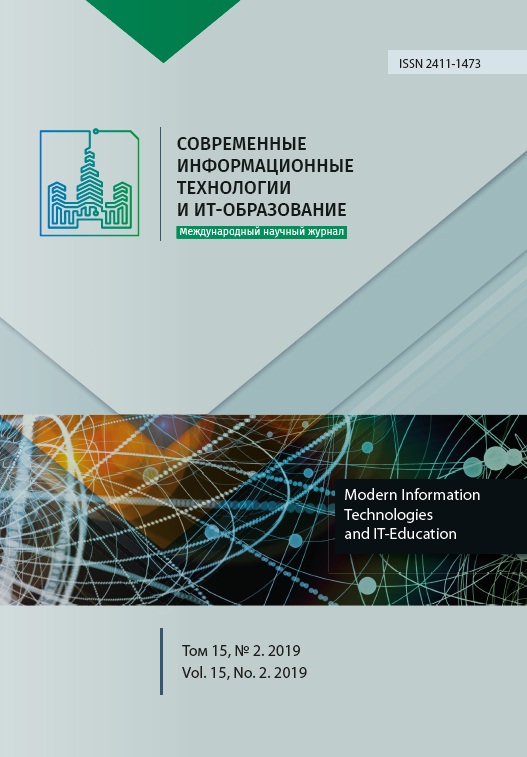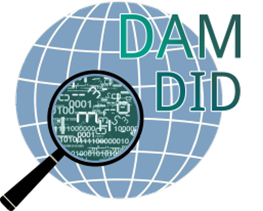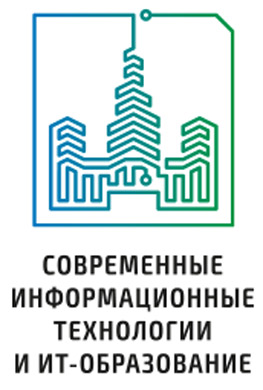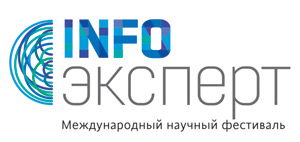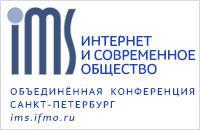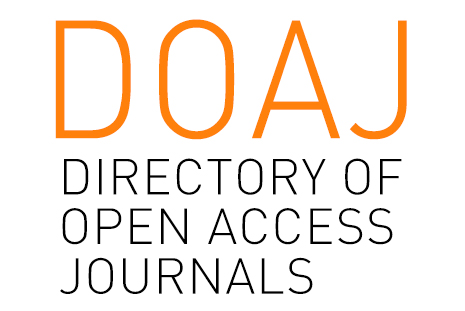Использование скоростных законов в некоторых задачах управления подводными аппаратами
Аннотация
В статье рассмотрены две задачи обеспечения заданного движения автономных подводных аппаратов в пространстве. Первой задачей является задача прохождения вдоль пути, заданного набором целевых точек на плоскости. Решение задачи строится на базе линейных моделей, упрощенно описывающих движение аппарата в горизонтальной и вертикальной плоскостях. Управление вдоль пути в горизонтальной плоскости основывается на специальном задании желаемого угла курса, соответствующего текущей целевой точке и текущему положению аппарата, который передается в линейный стабилизирующий закон управления. Глубина при этом поддерживается постоянной с помощью линейных законов управления, сформированных для упрощенной модели динамики в вертикальной плоскости. Второй задачей является задача следования вдоль заданной траектории в пространстве. В данном случае предполагается, что интерес представляет положение аппарата в пространстве и его ориентация по курсу. Исходя из этого применяется упрощенная модель, в которой для управления используются четыре независимых переменных. Для решения задачи применяется существующий подход бэкстеппинг управления, для которого изучается возможность небольшой модификации. Предложенные для решения обеих задачах подходы основаны на применении законов управления в скоростной форме, которая использована с целью обеспечения астатизма по контролируемым переменным. В первом случае несмотря на действие постоянных или скачкообразных возмущений аппарат проходит достаточно близко к путевым точкам, во втором случае при аналогичных возмущениях аппарат выходит на заданную траекторию с достаточной точностью. Успешность и эффективность применения предложенных подходов проиллюстрирована путем их реализации и проведения экспериментов в среде MATLAB-Simulink.
Литература
[2] Qiao L., Yi B., Wu D., Zhang W. Design of three exponentially convergent robust controllers for the trajectory tracking of autonomous underwater vehicles. Ocean Engineering. 2017; 134:157-172. (In Eng.) DOI: 10.1016/j.oceaneng.2017.02.006
[3] Shojaei K., Dolatshahi M. Line-of-sight target tracking control of underactuated autonomous underwater vehicles. Ocean Engineering. 2017; 133:244-252. (In Eng.) DOI: 10.1016/j.oceaneng.2017.02.006
[4] Xia Y., Xu K., Li Y, Xu G., Xiang X. Improved line-of-sight trajectory tracking control of under-actuated AUV subjects to ocean currents and input saturation. Ocean Engineering. 2019; 174:14-30. (In Eng.) DOI: 10.1016/j.oceaneng.2019.01.025
[5] Smirnov M.N., Smirnova M.A. Control Synthesis for Marine Vessels in Case of Limited Disturbances. Telkomnika. 2018; 16(2):648-653. (In Eng.) DOI: 10.12928/TELKOMNIKA.v16i2.7180
[6] Xu J., Wang M., Qiao L. Dynamical sliding mode control for the trajectory tracking of underactuated unmanned underwater vehicles. Ocean engineering. 2015; 105:54-63. (In Eng.) DOI: 10.1016/j.oceaneng.2015.06.022
[7] Wang J., Wang C., Wei Y., Zhang C. Command filter based adaptive neural trajectory tracking control of an underactuated underwater vehicle in three-dimensional space. Ocean Engineering. 2019; 180:175-186. (In Eng.) DOI: 10.1016/j.oceaneng.2019.03.061
[8] Zhou J., Ye D., Zhao J., He D. Three-dimensional trajectory tracking for underactuated AUVs with bio-inspired velocity regulation. International Journal of Naval Architecture and Ocean Engineering. 2018; 10:282-293. (In Eng.) DOI: 10.1016/j.ijnaoe.2017.08.006
[9] Karkoub M., Wu H.-M., Hwang C.L. Nonlinear trajectory-tracking control of an autonomous underwater vehicle. Ocean Engineering. 2017; 145:188-198. (In Eng.) DOI: 10.1016/j.oceaneng.2017.08.025
[10] Wu H.M., Karkoub M. Hierarchical Backstepping Control for Trajectory-Tracking of Autonomous Underwater Vehicles Subject to Uncertainties. 14th International Conference on Control, Automation and Systems (ICCAS 2014). Seoul, Korea, 2014. (In Eng.) DOI: 10.1109/ICCAS.2014.6987740
[11] Sun B., Zhu D., Li W. An Integrated Backstepping and Sliding Mode Tracking Control Algorithm for Unmanned Underwater Vehicles. Proceedings of 2012 UKACC International Conference on Control. 2012. (In Eng.) DOI: 10.1109/CONTROL.2012.6334705
[12] Gan W.Y., Zhu D.Q., Xu W.L., Sun B. Survey of trajectory tracking control of autonomous underwater vehicles. Journal of Marine Science and Technology. 2017; 25(6):722-731. (In Eng.) DOI: 10.6119/JMST-017-1226-13
[13] Ataei M., Yousefi-Koma A. Three-dimensional optimal path planning for waypoint guidance of an autonomous underwater vehicle. Robotics and Autonomous Systems. 2015; 67:23-32. (In Eng.) DOI: 10.1016/j.robot.2014.10.007
[14] Fossen T.I., Breivik M., Skjetne R. Line-of-sight path following of Underactuated marine craft. IFAC Proceedings. 200; 36(21):211-216. (In Eng.) DOI: 10.1016/S1474-6670(17)37809-6
[15] Lamraoui H.C., Qidan Z. Path following control of fully actuated Autonomous underwater Vehicle based on LADRC. Polish Maritime Research. 2018; 25(4):39-48. (In Eng.) DOI: 10.2478/pomr-2018-0130
[16] Breivik M., Fossen T.I. Guidance-based path following for autonomous underwater vehicles. Proceedings of OCEANS 2005 MTS/IEEE. Washington, DC, 2005; 3:2807-2814. (In Eng.) DOI: 10.1109/OCEANS.2005.1640200
[17] Ferreira B., Pinto M., Matos A., Cruz N. Control of the MARES Autonomous Underwater Vehicle. OCEANS. 2009. MTS/IEEE Biloxi. 2009; 1-10. (In Eng.) DOI: 10.23919/OCEANS.2009.5422133
[18] Zhabko N.A.; Lepikhin T.A. Astatic Controller Synthesis for Quadcopter Motion Control. CEUR Workshop Proceedings. 2017; 2064:255-263. Available at: http://ceur-ws.org/Vol-2064/paper30.pdf (accessed 16.04.2019). (In Russ., abstract in Eng.)
[19] Smirnov M.N., Smirnova M.A. Multipurpose Control Laws in Trajectory Tracking Problem. International Journal of Applied Engineering Research. 2016; 11(22):11104-11109. (In Eng.)
[20] Veremey E.I., Korovkin M.V., Sotnikova M.V. Ships Steering in Accurate Regime Using Autopilots with Special Structure of Control Law. Proceedings of the 10th IFAC Conference on Manoeuvring and Control of Marine Craft (IFAC MCMC 2015). August 24-26, Copenhagen, Denmark. IFAC-PapersOnline. 2015; 48(16):7-12. (In Eng.)
[21] Veremey E.I., Sotnikova M.V. The multi-purpose structure of laws governing marine moving objects. XII All-Russian meeting on management problems VSPU-2014: proceedings of the conference. Moscow: V. A. Trapeznikov Institute of Control Sciences of RAS. 2014: 3289-3300. Available at: https://elibrary.ru/item.asp?id=22224413 (accessed 16.04.2019). (In Russ.)
[22] Fossen T.I. Guidance and Control of Ocean Vehicles. New York: John Wiley & Sons Ltd, 1994. 494 pp. (In Eng.)
[23] Fossen T.I. Handbook of Marine Craft Hydrodynamics and Motion Control. John Wiley & Sons Ltd., United Kingdom, 2011. 596 pp. (In Eng.)
[24] Veremey E.I. Linear Systems with Feedbacks. St. Petersburg: Lan, 2013. (In Russ.)
[25] Fossen T.I., Strand J.P. Tutorial on Nonlinear Backstepping: Applications to Ship Control. Modeling, Identification and Control. 1999; 20(2):83-134. (In Eng.) DOI: 10.4173/mic.1999.2.3

Это произведение доступно по лицензии Creative Commons «Attribution» («Атрибуция») 4.0 Всемирная.
Редакционная политика журнала основывается на традиционных этических принципах российской научной периодики и строится с учетом этических норм работы редакторов и издателей, закрепленных в Кодексе поведения и руководящих принципах наилучшей практики для редактора журнала (Code of Conduct and Best Practice Guidelines for Journal Editors) и Кодексе поведения для издателя журнала (Code of Conduct for Journal Publishers), разработанных Комитетом по публикационной этике - Committee on Publication Ethics (COPE). В процессе издательской деятельности редколлегия журнала руководствуется международными правилами охраны авторского права, нормами действующего законодательства РФ, международными издательскими стандартами и обязательной ссылке на первоисточник.
Журнал позволяет авторам сохранять авторское право без ограничений. Журнал позволяет авторам сохранить права на публикацию без ограничений.
Издательская политика в области авторского права и архивирования определяются «зеленым цветом» в базе данных SHERPA/RoMEO.
Все статьи распространяются на условиях лицензии Creative Commons «Attribution» («Атрибуция») 4.0 Всемирная, которая позволяет другим использовать, распространять, дополнять эту работу с обязательной ссылкой на оригинальную работу и публикацию в этом журналe.
